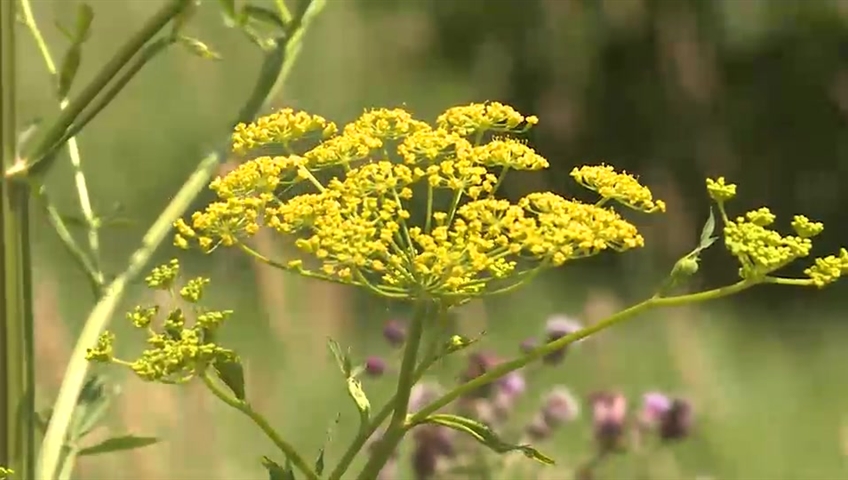It may not be the most recognizable plant, but wild parsnip can cause severe burns, blisters and sometimes even blindness.

The invasive plant is commonly found in Canada including along highways, roads and sometimes in the middle of pastures pulled in by cattle or wildlife.
“The majority of it you’ll see along the roadways because it moves along the road as the road crews mow the ditches. That’s how they spread it. It spreads by seed, it spreads by the roots,” said Tim Van Duyvendyk, Owner of Dutch Growers Home & Garden.
He’s heard of a few cases already this summer and stresses the importance of being aware of your surroundings.
“If you’re unknowingly walking through wild parsnip, you’ll get these juices over your leg. As soon as you’re walking in the sun, probably 24 hours later, you’ll get these rashes on your skin,” said Van Duyvendyk.
Lumsden’s Kelly Strickland knows the extremity of the plant, after being in contact with wild parsnip a couple of weeks ago, while he was at a Barbeque.
“I backed up into some tall grass and had to grab something in the back of my truck. I walked out from behind the tall grass and didn’t think anything of it,” said Strickland.
- What is a halal mortgage? How interest-free home financing works in Canada
- Capital gains changes are ‘really fair,’ Freeland says, as doctors cry foul
- Ontario doctors offer solutions to help address shortage of family physicians
- Budget 2024 failed to spark ‘political reboot’ for Liberals, polling suggests
“Six hours later, my feet started getting hot and irritated. I went home, went about my business and they started swelling up and blistering.”
He’s off work for about another three weeks.
“I’m staying as positive as I can be. It’s done and I can’t do anything about it. I just want to let people know it’s out there and to keep your eyes open,” said Strickland.
Van Duyvendyk added if you do come in contact with the plant, it’s important to clean the affected area as soon as possible and apply an antibiotic cream.
For serious cases, he recommends calling a physician.



Comments